2-Bromopropane
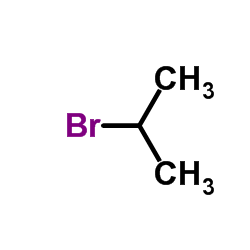
2-Bromopropane structure
|
Common Name | 2-Bromopropane | ||
|---|---|---|---|---|
| CAS Number | 75-26-3 | Molecular Weight | 122.992 | |
| Density | 1.3±0.1 g/cm3 | Boiling Point | 60.6±8.0 °C at 760 mmHg | |
| Molecular Formula | C3H7Br | Melting Point | -89 °C | |
| MSDS | Chinese USA | Flash Point | 19.4±0.0 °C | |
| Symbol |


GHS02, GHS08 |
Signal Word | Danger | |
| Name | 2-Bromopropane |
|---|---|
| Synonym | More Synonyms |
| Density | 1.3±0.1 g/cm3 |
|---|---|
| Boiling Point | 60.6±8.0 °C at 760 mmHg |
| Melting Point | -89 °C |
| Molecular Formula | C3H7Br |
| Molecular Weight | 122.992 |
| Flash Point | 19.4±0.0 °C |
| Exact Mass | 121.973106 |
| LogP | 2.03 |
| Vapour Pressure | 205.0±0.1 mmHg at 25°C |
| Index of Refraction | 1.429 |
| InChIKey | NAMYKGVDVNBCFQ-UHFFFAOYSA-N |
| SMILES | CC(C)Br |
| Stability | Stable. Flammable. Incompatible with strong oxidizing agents. |
| Water Solubility | 0.3 g/100 mL |
CHEMICAL IDENTIFICATION
HEALTH HAZARD DATAACUTE TOXICITY DATA
|
| Symbol |


GHS02, GHS08 |
|---|---|
| Signal Word | Danger |
| Hazard Statements | H225-H360F-H373 |
| Supplemental HS | Repeated exposure may cause skin dryness or cracking. |
| Precautionary Statements | P201-P210-P308 + P313 |
| Personal Protective Equipment | Eyeshields;Faceshields;full-face respirator (US);Gloves;multi-purpose combination respirator cartridge (US) |
| Hazard Codes | F:Flammable |
| Risk Phrases | R11;R48/20;R60;R66 |
| Safety Phrases | S53-S16-S45 |
| RIDADR | UN 2344 3/PG 2 |
| WGK Germany | 1 |
| RTECS | TX4111000 |
| Packaging Group | II |
| Hazard Class | 3 |
| HS Code | 2930909090 |
| Precursor 10 | |
|---|---|
| DownStream 10 | |
| HS Code | 2930909090 |
|---|---|
| Summary | 2930909090. other organo-sulphur compounds. VAT:17.0%. Tax rebate rate:13.0%. . MFN tariff:6.5%. General tariff:30.0% |
|
Halogenated derivatives QSAR model using spectral moments to predict haloacetic acids (HAA) mutagenicity.
Bioorg. Med. Chem. 16 , 5720-32, (2008) The risk of the presence of haloacetic acids in drinking water as chlorination by-products and the shortage of experimental mutagenicity data for most of them requires a research work. This paper desc... |
|
|
Reproductive toxicology: current and future directions.
Biochem. Pharmacol. 62(12) , 1557-64, (2001) During the 20th century, there has been an increased risk from environmental by-products that may be harmful to reproductive function in humans. Therefore, as the 21st century begins, it is appropriat... |
|
|
Occupational reproductive function abnormalities and bladder cancer in Korea.
J. Korean Med. Sci. 25(Suppl) , S41-5, (2010) The purpose of this study was to review occupational reproductive abnormalities and occupational bladder cancer in Korea and to discuss their toxicological implications. Reproductive dysfunction as a ... |
| i-propyl bromide |
| 2-Brompropan |
| iso-C3H7Br |
| 2-bromo-propane |
| 2-bromo-propan |
| sec-Propyl bromide |
| 2-propyl bromide |
| PropylBromide~ |
| isopropyl-bromide |
| MFCD00000147 |
| bromo-2propane |
| EINECS 200-855-1 |
| propane,2-bromo |
 CAS#:187737-37-7
CAS#:187737-37-7 CAS#:74-98-6
CAS#:74-98-6 CAS#:75-62-7
CAS#:75-62-7 CAS#:201230-82-2
CAS#:201230-82-2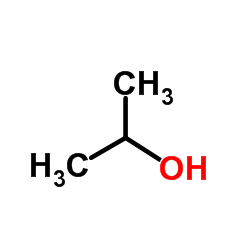 CAS#:67-63-0
CAS#:67-63-0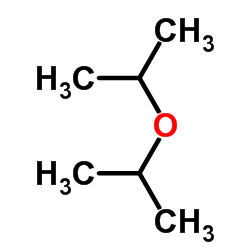 CAS#:108-20-3
CAS#:108-20-3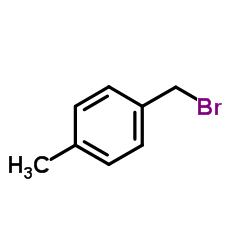 CAS#:104-81-4
CAS#:104-81-4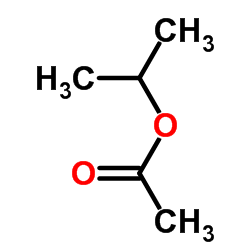 CAS#:108-21-4
CAS#:108-21-4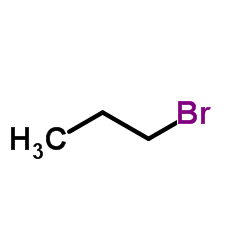 CAS#:106-94-5
CAS#:106-94-5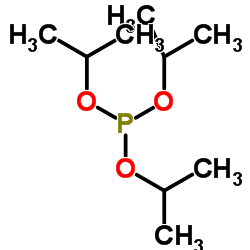 CAS#:116-17-6
CAS#:116-17-6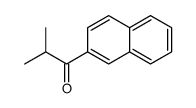 CAS#:107574-57-2
CAS#:107574-57-2 CAS#:51112-72-2
CAS#:51112-72-2 CAS#:63000-06-6
CAS#:63000-06-6 CAS#:105442-62-4
CAS#:105442-62-4 CAS#:1071-39-2
CAS#:1071-39-2 CAS#:10545-45-6
CAS#:10545-45-6 CAS#:107811-48-3
CAS#:107811-48-3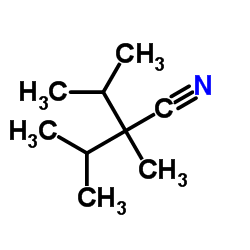 CAS#:55897-64-8
CAS#:55897-64-8 CAS#:565-69-5
CAS#:565-69-5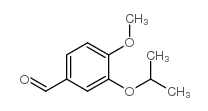 CAS#:34123-66-5
CAS#:34123-66-5
